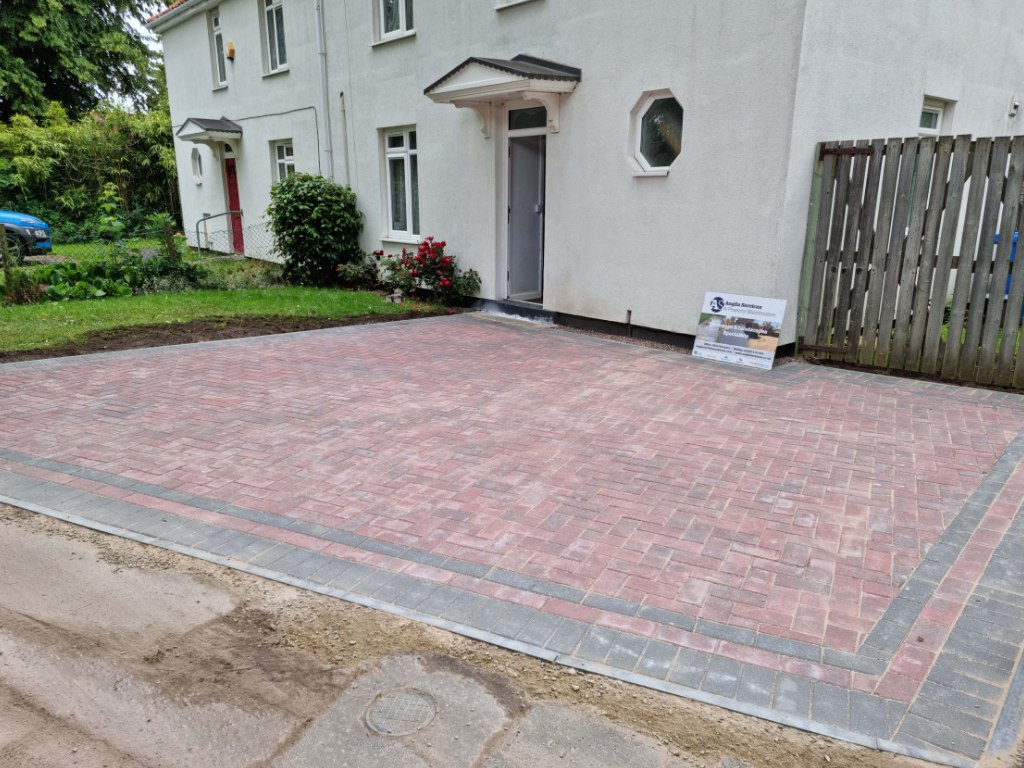Maximising Space in Tarmac Car Parks: Strategies and Solutions
Introduction: Efficient space utilisation is essential for maximising the capacity and functionality of tarmac car parks. With limited land availability and increasing demand for parking, property owners and developers must employ strategic planning and innovative solutions to make the most of available space. In this blog post, presented by Folkestone Driveways & Surfacing, we’ll explore various strategies and solutions for maximising space in tarmac car parks, optimising traffic flow, and improving the overall parking experience for drivers.
1. Compact Parking Layouts
Compact parking layouts, such as angled or perpendicular parking, can maximise space efficiency by allowing more vehicles to be parked within a given area. Angled parking layouts, in particular, can increase the number of parking spaces while maintaining adequate manoeuvring space for vehicles. By optimising the layout and orientation of parking spaces, property owners can maximise the capacity of tarmac car parks without compromising safety or accessibility.
2. Stackable Parking Systems
Stackable parking systems, also known as multi-level or automated parking systems, offer a space-saving solution for tarmac car parks with limited ground space. These systems utilise vertical stacking or mechanical lifts to park vehicles in multiple tiers, effectively doubling or tripling the parking capacity of a given area. Stackable parking systems are ideal for urban environments where land is scarce, and demand for parking is high.
3. Shared Parking Agreements
Shared parking agreements allow multiple businesses or properties to share parking facilities, maximising space utilisation and reducing the need for individual parking lots. Property owners can ensure parking spaces are efficiently utilised throughout the day by coordinating parking schedules and optimising usage patterns. Shared parking agreements are particularly beneficial for mixed-use developments, office complexes, and retail centres with varying parking demands.
4. Compact Car and Motorcycle Spaces
Incorporating compact car and motorcycle spaces into tarmac car parks can optimise space utilisation and accommodate a wider range of vehicles. Compact car spaces are typically narrower than standard parking spaces, allowing more cars to be parked within a given area. Similarly, dedicated motorcycle parking spaces require less space and can be strategically located near entrances or along perimeter areas to maximise efficiency.
5. Smart Parking Technologies
Smart parking technologies, such as parking sensors, guidance systems, and mobile applications, can help optimise space utilisation and improve traffic flow within tarmac car parks. Parking sensors detect vehicle occupancy in real time, allowing drivers to quickly locate available parking spaces via digital signage or mobile apps. Additionally, guidance systems provide drivers with directional cues and navigation assistance, reducing congestion and streamlining the parking process.
Conclusion: Maximising space in tarmac car parks requires strategic planning, innovative solutions, and efficient use of available resources. By implementing compact parking layouts, stackable parking systems, shared parking agreements, compact car and motorcycle spaces, and smart parking technologies, property owners can optimise space utilisation, improve traffic flow, and enhance the overall parking experience for drivers.
Call us on: 01303 763 895
Click here to find out more about Folkestone Driveways & Surfacing
Click here to complete our contact form and see how we can help with your driveway needs.

